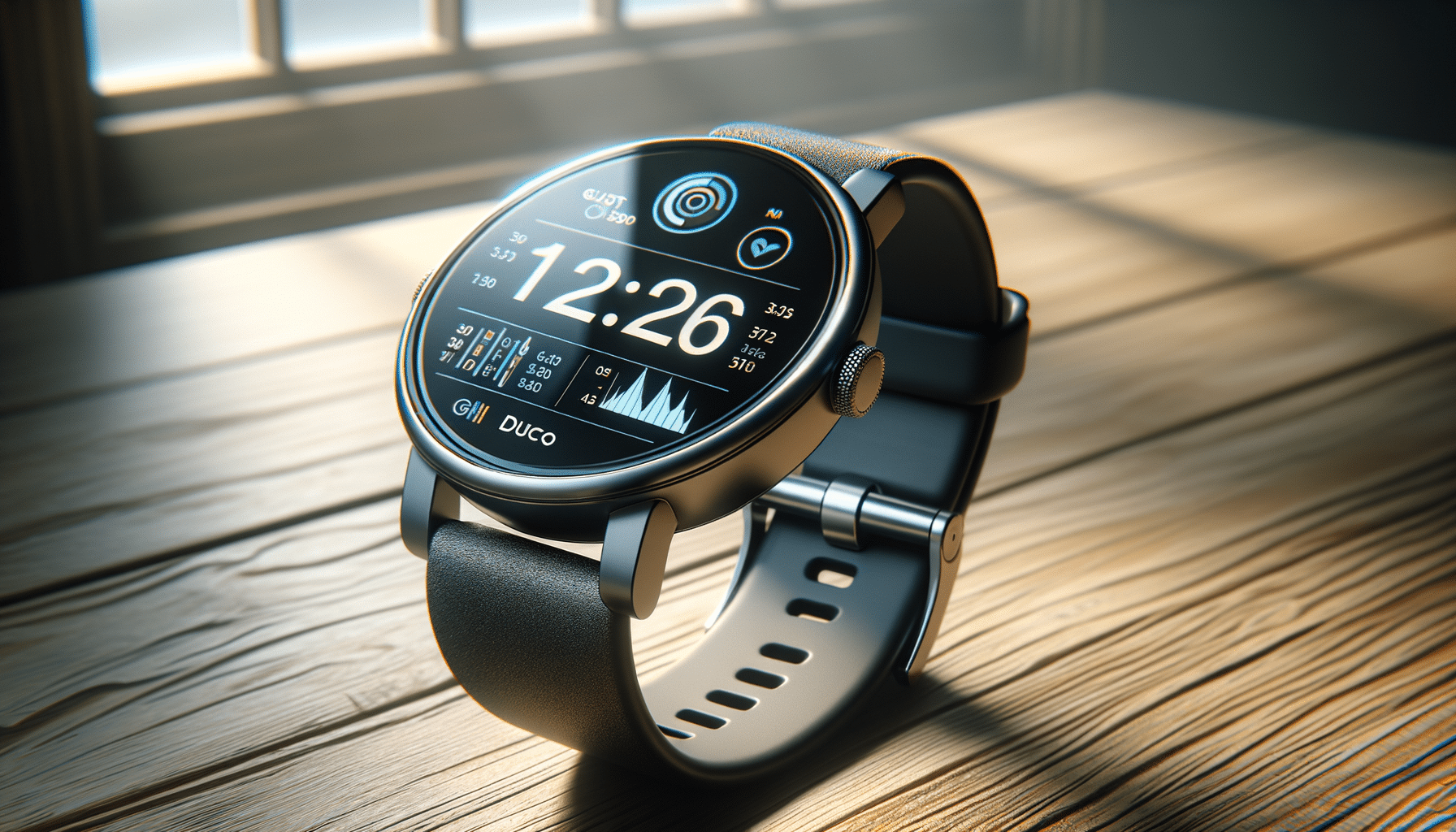
The Future of Diabetes Management: Glucose Monitoring Smartwatches
Introduction to Glucose Monitoring Smartwatches
In the ever-evolving landscape of wearable technology, glucose monitoring smartwatches have emerged as a revolutionary tool for individuals managing diabetes. These devices integrate seamlessly with modern lifestyles, offering a convenient and non-invasive method to track blood sugar levels in real-time. The significance of these smartwatches extends beyond mere convenience; they represent a major step forward in personalized healthcare, allowing users to maintain better control over their diabetes management. By continuously monitoring glucose levels, these devices not only provide crucial health data but also empower users to make informed decisions regarding their diet, exercise, and medication.
How Glucose Monitoring Smartwatches Work
Glucose monitoring smartwatches function by using advanced sensors that detect glucose levels through the skin. Unlike traditional finger-prick tests, these devices offer a non-invasive alternative that reduces discomfort and inconvenience. The technology behind these smartwatches typically involves the use of optical sensors that measure glucose concentrations in the interstitial fluid beneath the skin. This innovative approach not only enhances user comfort but also provides continuous data, which is crucial for identifying trends and making timely adjustments to diabetes management plans.
These smartwatches are designed to be user-friendly, often featuring intuitive interfaces that display glucose readings, trends, and alerts. The data collected is typically synchronized with a companion app, enabling users to access comprehensive reports and share information with healthcare providers. This connectivity ensures that users can receive personalized feedback and support, further enhancing the effectiveness of their diabetes management.
The Benefits of Using Glucose Monitoring Smartwatches
The adoption of glucose monitoring smartwatches offers several benefits that can significantly enhance the quality of life for individuals with diabetes. One of the primary advantages is the ability to receive real-time feedback on glucose levels, allowing users to respond promptly to fluctuations. This proactive approach can help prevent hyperglycemic and hypoglycemic episodes, reducing the risk of complications associated with diabetes.
Furthermore, these smartwatches provide a comprehensive overview of glucose trends over time. By analyzing this data, users can identify patterns and make informed decisions about their lifestyle choices, such as dietary adjustments or changes in physical activity. The convenience of having this information readily available on their wrist means users can make timely interventions, leading to improved long-term health outcomes.
- Continuous and non-invasive monitoring
- Real-time alerts and feedback
- Enhanced data analysis for informed decision-making
Challenges and Considerations
While glucose monitoring smartwatches offer numerous benefits, there are also challenges and considerations to keep in mind. One of the primary concerns is the accuracy of the readings. While technology has advanced significantly, it is important for users to verify the accuracy of their smartwatch readings with traditional glucose meters, especially during critical situations.
Another consideration is the cost of these devices. Although prices have become more affordable, glucose monitoring smartwatches can still represent a significant investment. Users should weigh the benefits against the cost and consider their budget before making a purchase. Additionally, the integration of these devices into daily routines may require an adjustment period, as users become familiar with the technology and learn how to interpret the data provided.
Future Prospects of Glucose Monitoring Smartwatches
The future of glucose monitoring smartwatches looks promising, with ongoing advancements in technology poised to enhance their capabilities further. Researchers and developers are continually working to improve the accuracy and reliability of these devices, ensuring they provide even more precise data for users. Future models may incorporate additional health monitoring features, offering a comprehensive suite of tools for managing diabetes and other related conditions.
Moreover, the integration of artificial intelligence and machine learning algorithms holds the potential to revolutionize how data is analyzed and interpreted. These advancements could lead to more personalized insights and recommendations, further empowering users to take control of their health. As technology continues to evolve, glucose monitoring smartwatches are set to become an indispensable tool in the management of diabetes, offering unprecedented levels of convenience and accuracy.


